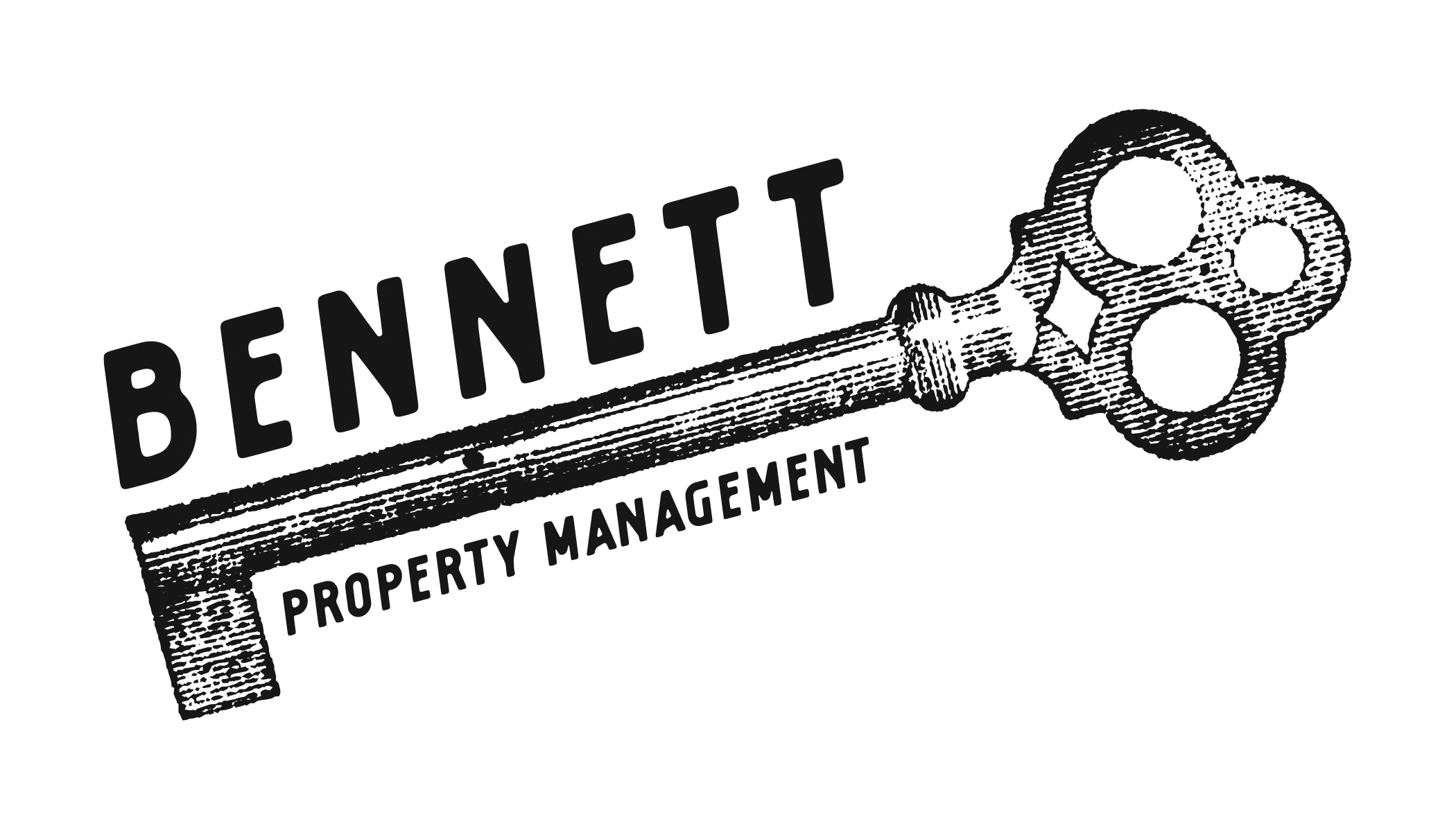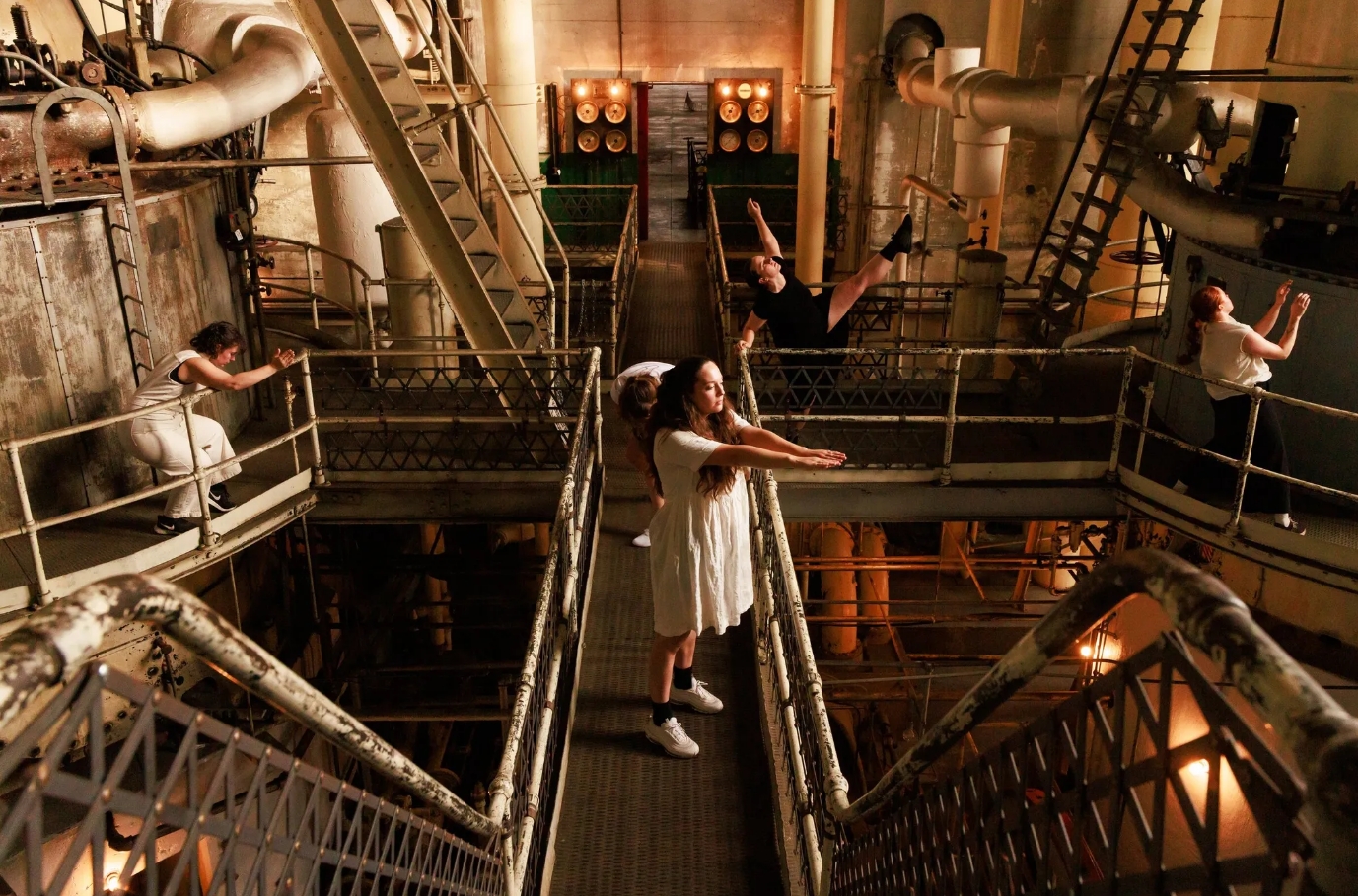SLOWBURN Dance Company performs at the decommissioned Georgetown Steam Plant during the “Industrial Angels” show in August. The 1906-era national landmark has become a community hub for arts, science and educational events. (Erika Schultz / The Seattle Times)
How Georgetown artists are flipping the script on Seattle gentrification
When blacksmith Kay Morrison moved to Seattle in 1995, she looked for “the rusty edge” of the local art scene. Over the years, she found this gritty, scrappy sense of community in Fremont, Belltown and Pioneer Square.
Those neighborhoods are too shiny and expensive for her now. Few in Seattle still have that edge. But “this,” Morrison gestured, “is it.”

Kay Morrison, co-interim executive director of Watershed Community Development, runs The Blacksmith Shop at Equinox Studios in Georgetown. (Erika Schultz / The Seattle Times)
“This” is Georgetown, a small, historic neighborhood sandwiched between Interstate 5, the Duwamish Waterway and Boeing Field. This wedge of South Seattle thrums with the rumble of trucks and planes, brims with warehouses and lacks green space and clean air but has long been adored by artists for its ample and relatively affordable maker space.
Even as sleek town houses and art spaces have arrived in recent years, the neighborhood feels like one of the last vestiges of old Seattle to residents and art enthusiasts. It’s a holdout in an increasingly expensive city, a place for welders, architects, dancers and industrial workers alike.
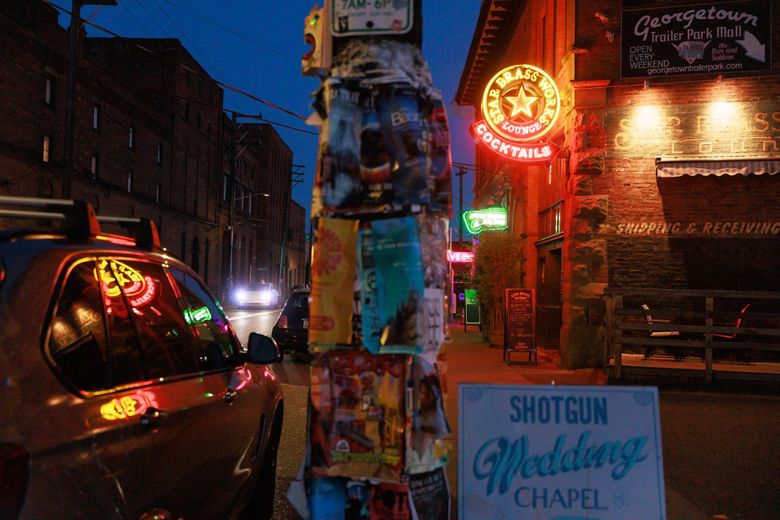
Airport Way South serves as Georgetown’s main street. (Erika Schultz / The Seattle Times)
As change barrels toward the neighborhood — a familiar friction in Seattle — some artists are trying to flip the script on the typical gentrification narrative. They’re proposing solutions to make the neighborhood greener and more affordable without displacing residents (including themselves).
Among the slate of new, creative projects: a sprawling live/work district that will reshape the neighborhood; a bid to become Seattle’s fifth Arts & Cultural District; and the transformation of an industrial landmark into an innovative hub for arts, science and education.
Whether this artist-driven vision for Georgetown comes to fruition may impact Seattle’s creative scene at large, especially as communal creator spaces become rarer and artists disperse across the region due to rising costs.
What happens here feels especially important as other Seattle neighborhoods succumb to the forces of gentrification, said Katelyn Norris, director of Koplin Del Rio gallery, which moved to Georgetown from Pioneer Square about three years ago.
“There needs to be a concerted effort to support what is down here.”

Patrons congregate at Seattle Tavern & Pool Room in Georgetown on a recent evening. (Erika Schultz / The Seattle Times)
Space to create and live
The story usually goes like this: Artists set up shop in a neighborhood, which becomes cool, then expensive. So the artists leave.
“They call it ‘The Soho Effect,’ ” said Matthew Richter, co-founder and former director of Seattle’s Cultural Space Agency. “These spaces make neighborhoods more valuable, and then have to keep up with the value they’ve created.”
Georgetown is unique, though. It’s largely an industrial area — home to barely 1,500 full-time residents but an estimated 28,000 jobs — which protects it in part from major residential development.
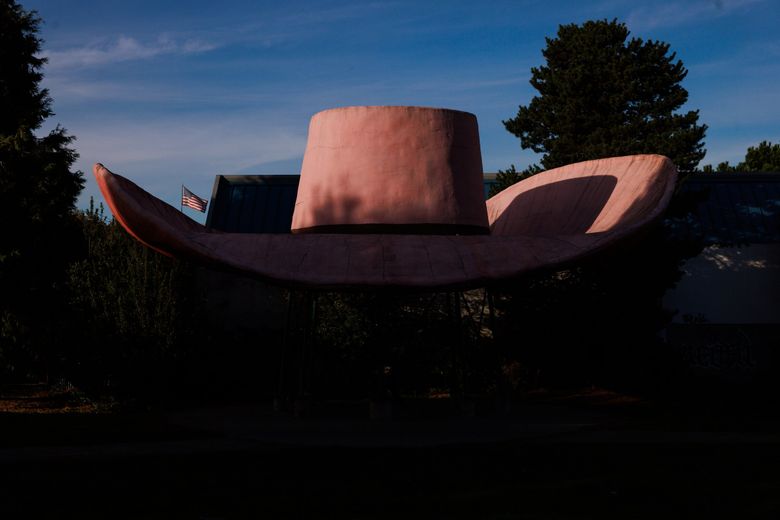
Afternoon light illuminates the top of the 44-foot wide hat of Hat n’ Boots in Oxbow Park in Georgetown, created by Seattle artist Lewis Nasmyth. (Erika Schultz / The Seattle Times)
Still, Seattle’s Department of Neighborhoods in 2022 said residents face a moderate risk of displacement. While housing prices remain below Seattle’s overall median, Georgetown hasn’t been immune to the region’s price growth over the last decade: Zillow estimates the “typical” home value — the average of the middle-third of home prices — in the neighborhood has more than doubled over the past 10 years, to roughly $656,000.
There are proportionally more homeowners here than in the city generally. Census data from 2022 indicates the area is less racially diverse than the city overall, and residents make less money and are more rent-burdened. And while new art spaces and businesses have arrived, other art spaces have closed or are struggling, and business owners have complained about parked RVs, broken windows and lagging foot traffic.
Point being: No narrative grafts easily onto Georgetown. It’s fitting, then, that Georgetown is trying to flip the typical gentrification scenario on its head.
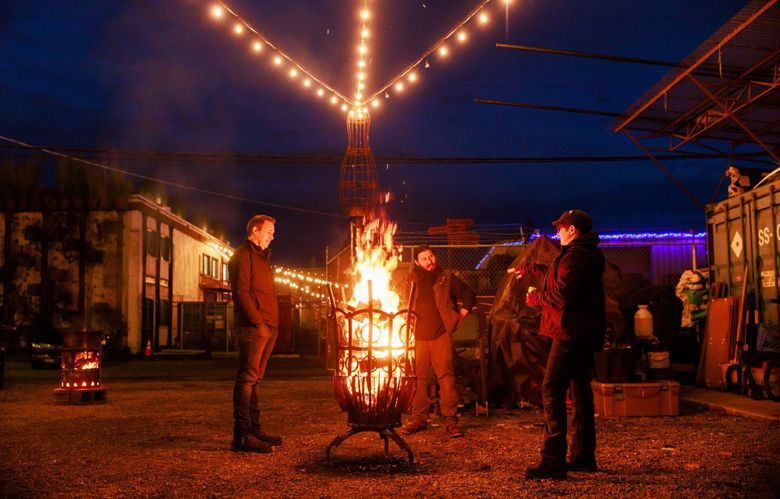
Firepit Fridays are a monthly ritual at Equinox Studios in Georgetown. Artists gather to eat, drink and talk around blazes in elaborate firepits made by metalworkers who have studios in the complex. Founder Sam Farrazaino is at left. (Erika Schultz / The Seattle Times)
In the driver’s seat is artist-turned-developer and self-declared “community-builder” Sam Farrazaino, who has emerged as one of the leading architects of Georgetown 2.0 — with art at the heart of his vision.
In 2006, he created Equinox Studios, now a 100,000-square-foot-plus art village home to more than 135 artistic tenants. These painters, woodworkers and musicians pay a little over half to two-thirds of typical market rates in rent ($525 for a smaller, more finished studio to about $900 monthly for an industrial, 1,000-square-foot workplace).
Around 2014, as he started seeing Equinox tenants moving to Tacoma and elsewhere in the region due to rising housing costs, something dawned on Farrazaino: If artists wanted to keep a foothold and resist gentrification, they needed spaces to live, too.
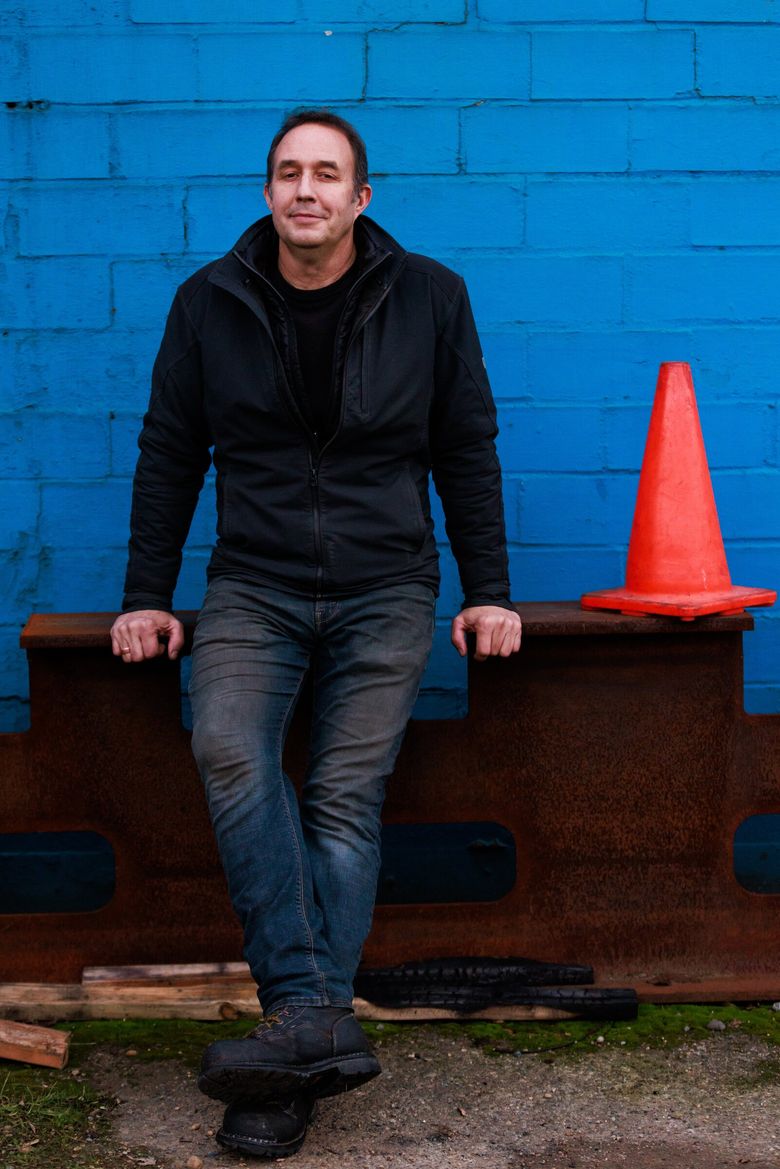
Sam Farrazaino, founder of Equinox Studios, is one of the leading visionaries for the artistic future of Georgetown. (Erika Schultz / The Seattle Times)
Enter The Bend, a nine-block, $557 million affordable live-work development at the northern edge of Georgetown designed to ensure artists and workers can live in the area. Plans for the development, which should house 2,500 people, include 1,000 rent-capped apartments, half of which the nonprofit plans to set aside for artists and the local workforce (the other half will be for low-income people).
“What we’re trying to do is build it from within,” Farrazaino said. “Georgetown built by Georgetown, built by the people that are here.” From the artists to workers and longtime residents, local businesses and industry representatives, “how do we be the bridge-builders between all these communities?”
While originally separate endeavors, Equinox and what is now The Bend merged in 2021 under a new nonprofit umbrella called Watershed Community Development, which — in partnership with local developer/arts advocate Ben Rankin and former Seattle City Councilmember and developer Richard Conlin — now oversees the Equinox buildings and future development.
Also part of The Bend’s ambitious plan: 35,000 square feet of affordable street-facing space for grocery stores, nonprofit organizations, artist workspaces and a gallery, as well as a shipping container village for makers and small food businesses, plus public art made by local artists.
Right now, with construction on the first building set to start early next year, much of this is still just that — a plan. But it offers a potential blueprint for other (industrial) neighborhoods, said Jen Trujillo, a local musician and Watershed’s co-interim executive director. “This is something that could really scale.”
Still, local artists are pinning their hopes on The Bend, adding their names to the growing waitlist. “I long to be closer to Georgetown and my stone-carving studio at Equinox,” said Burien-based artist Cyra Jane, who’s part of The Stich (short for “The Constituency”), the representative body for all Equinox tenants — who gave up future earnings on their Equinox equity when the nonprofits merged — with two representatives on the nonprofit’s board.
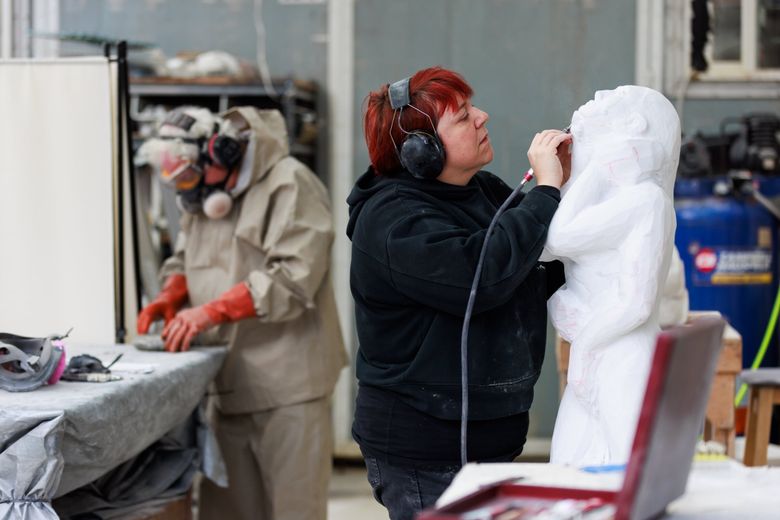
Cyra Jane works at Stoneyard Sculpture Studios at Equinox Studios in Georgetown. This sculpture started as an 800-pound block of Italian marble a friend found in a garage in Portland. (Erika Schultz / The Seattle Times)
Morrison — the blacksmith, longtime Equinox tenant and Watershed’s co-interim executive director — said it’s been invigorating to see how Equinox artists have become advocates for a better neighborhood.
“This is combating against that idea of someone coming in and building housing in our neighborhood,” Morrison said. “We’re actually the people who were here, trying to build this.”
Seattle Times arts economy coverage
An adjacent effort is underway from the newly formed Georgetown Association of Arts & Culture. The group aims to make the neighborhood the city’s fifth official Arts & Cultural District. While somewhat symbolic, the designation is intended to protect and support an area’s cultural spaces through technical and financial support. Neighborhood advocates hope it gives them more of a say in the neighborhood’s future, helps create networking opportunities and engages new and current residents.
The association plans to submit a request for designation to the city this year.
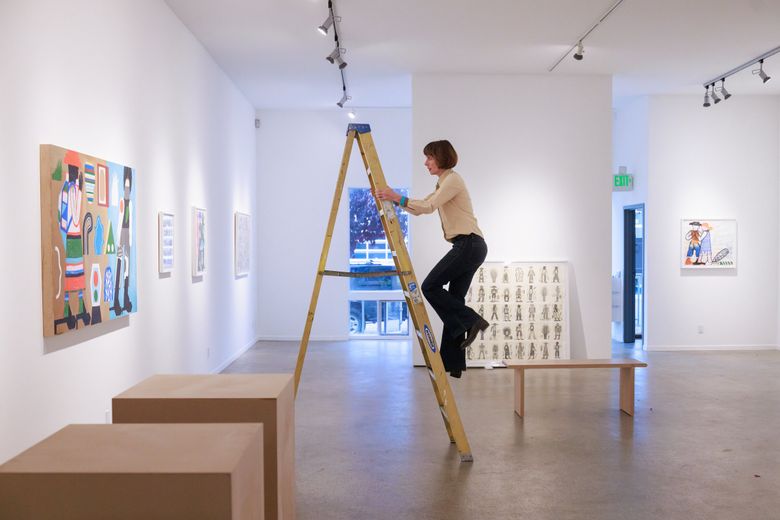
But that designation won’t stop the displacement of artists and creative spaces. Neither will one housing development or art space. Rather, longtime Georgetown resident and studio e gallery owner Dawna Holloway said property ownership is the best insurance against displacement. Much of Georgetown’s future, she says, will depend on what landlords choose to prioritize: maximum gain or creative use.
Holloway pointed to property owner and preservationist John Bennett and Farrazaino, among others, as people deliberately prioritizing the arts. Not so with the 36,000-square-foot warehouse across from her gallery.
“I keep wanting it to be an art center,” she said. “You could fit like five galleries and a photography studio, shipping and receiving and a public ❲gallery❳.” But the rent, she said, is astronomical. It continues to sit vacant.

SLOWBURN Dance Company perform at the landmark Georgetown Steam Plant in August. (Erika Schultz / The Seattle Times)
“Cleaning the earth with art”
Once the neighborhood’s clanking heartbeat pushing electricity to the streetcar and nearby breweries, the decommissioned Georgetown Steam Plant now powers the local art scene. It’s a symbol for how the neighborhood — where the abundant pollution and environmental hazards are associated with residents’ shorter life expectancy — is honoring its industrial roots and creative streak while redefining its identity with new environmentally friendly art projects.
Today, the 117-year-old landmark hosts a growing number of dance performances, concerts, exhibits and science-related educational activities. At a recent multimedia art festival, this image of Georgetown’s “clean” reinvention came into focus: Set against the backdrop of the plant’s mammoth boilers and turbines, crusty from peeling paint, a virtual reality headset stuck out like a shiny veneer in a tobacco-rusted smile.
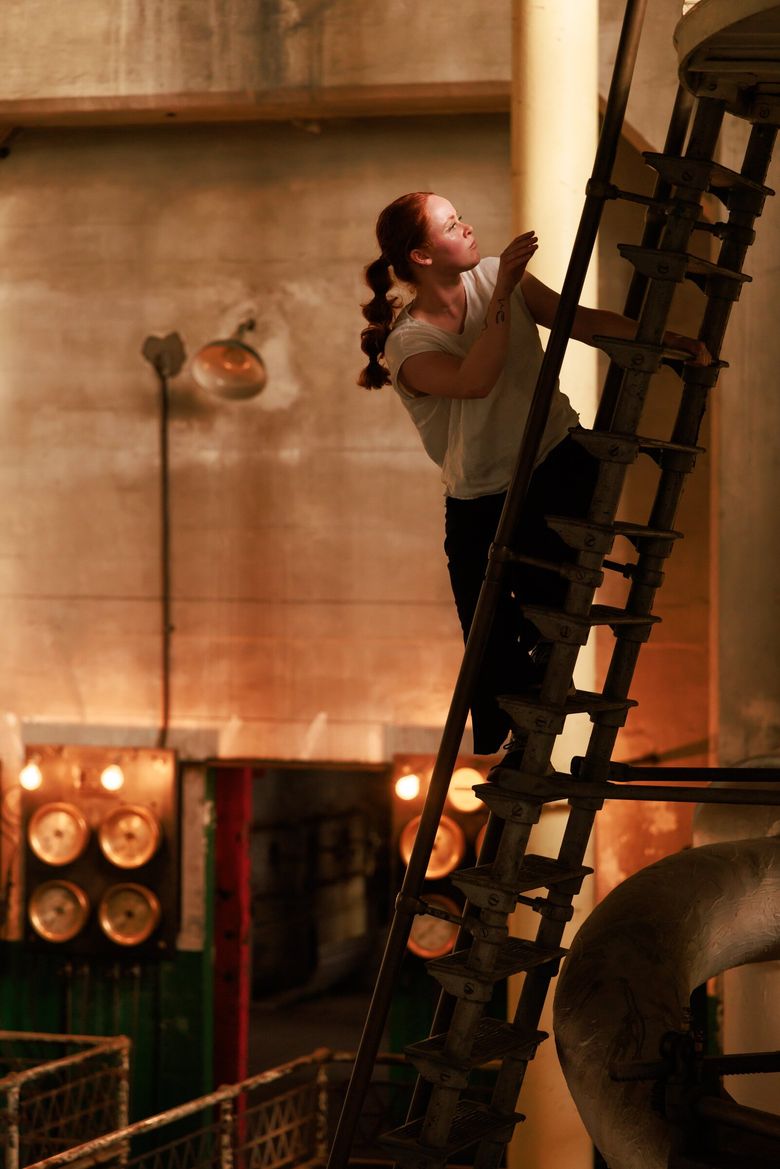
Shayley Timm, of the SLOWBURN Dance Company, performs at the Georgetown Steam Plant during the “Industrial Angels” show in August. (Erika Schultz / The Seattle Times)
In five to 10 years, the city-owned plant is supposed to reemerge as an innovative cultural space for arts, sciences, community and educational programming. Largely driving that multimillion-dollar rebirth is Farrazaino and the Georgetown Steam Plant Community Development Authority, a nonprofit overseeing the plant’s grand transformation.
The arrival of the coal-powered plant about a century ago heralded major industrialization and resultant pollution of the Duwamish Valley, Farrazaino said. The new steam plant is meant to be a reversal of this “extractive” model, a cultural haven and community resource where clean energy sources — from geothermal to solar and much newer technologies — can be used and tested.
“What we hope to do with the project is to change the relationship of the steam plant to the community,” Farrazaino said, adding that it’s part of a larger-scale effort to “green” the neighborhood.
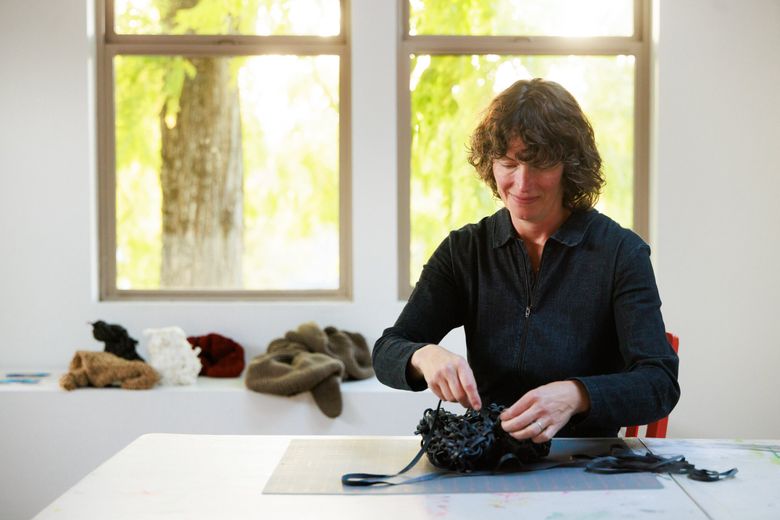
Seattle artist Megan Prince works on remnant sculptures – holdable, livable sculptures – at Mini Mart City Park in Seattle’s Georgetown neighborhood. Prince is one of the first artists… (Erika Schultz / The Seattle Times)
Similarly, the nearby Mini Mart City Park, a cultural center and pocket park across the street, is “cleaning the earth with art.”
Sited on a former brownfield site that was, at different points, home to a dry cleaner, a gas station and an aircraft fuel storage facility — creating a trifecta of toxic sludge that seeped into the soil — the building sat vacant for years, absent a buyer willing to pay for an expensive environmental cleanup. That was until Seattle-based artist collective SuttonBeresCuller transformed the lot into an art center that opened in 2022, complete with an underground filtration system that cleans the soil from leftover toxins.
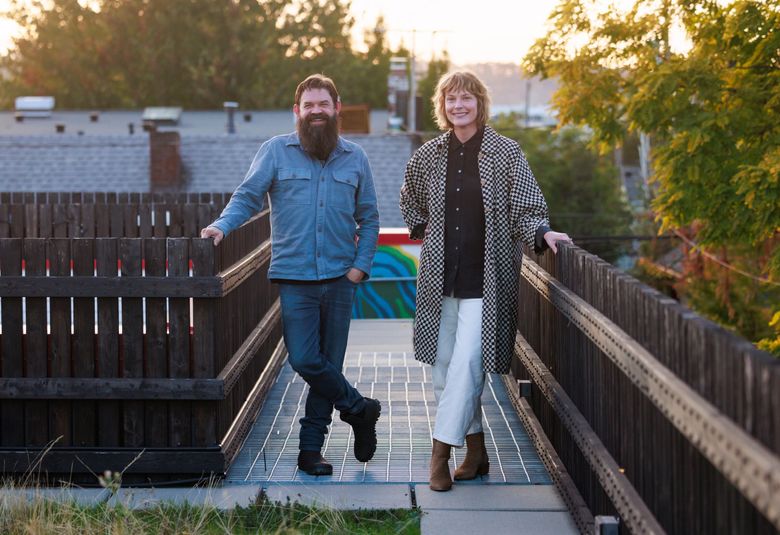
Artist and co-founder Ben Beres and incoming executive director Emily Kelly stand on top of Mini Mart City Park in Seattle’s Georgetown neighborhood. (Erika Schultz / The Seattle Times)
On a recent afternoon, seated amid the eclectic drawings and paintings on display in the airy gallery, co-founder Ben Beres pointed to the roof. Soon, it will get solar panels, allowing Mini Mart to serve as a warming and cooling center for the neighborhood during extreme weather events and power outages. The panels will also provide clean power for the operation’s soil-filtering machinery.
“We’re gonna be cleaning the soil below with the power of the sun,” Beres said.
Mini Mart recently expanded into a neighboring building, with space for classes for neighborhood community groups and an apartment-plus-studio where a rotating cast of international artists can stay and create for a few months for free. The first artist-in-residence, Seattle-based Megan Prince, moved in last month.
To Beres, Mini Mart’s evolution is part of exciting cultural growth in the neighborhood. Where things go from here is harder to predict.
“Does it become so cool here that everyone’s priced out again?” Beres asked. So far, its quirky festivals are still going strong, from the street-band-focused Honk Fest to the punk bike race Dead Baby Downhill, he noted. But, he wonders: “Can the identity remain while growing in a positive way?”
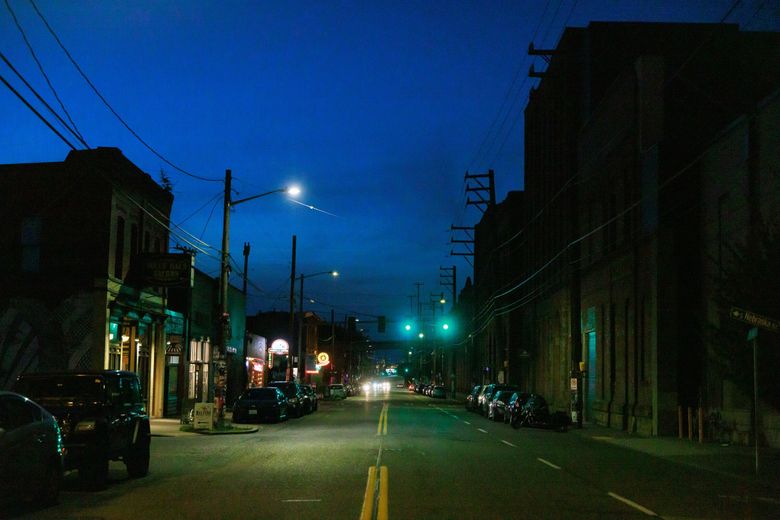
To Richter, the cultural space expert, staving off displacement comes down to art-centric economic development, building affordable housing and keeping the neighborhood somewhat rowdy.
Georgetown’s saving grace, he argued, may be that neighborhood leaders over the years have “encouraged the kind of loud abrasive raucous fun that luxury apartment shoppers tend to shy away from.”
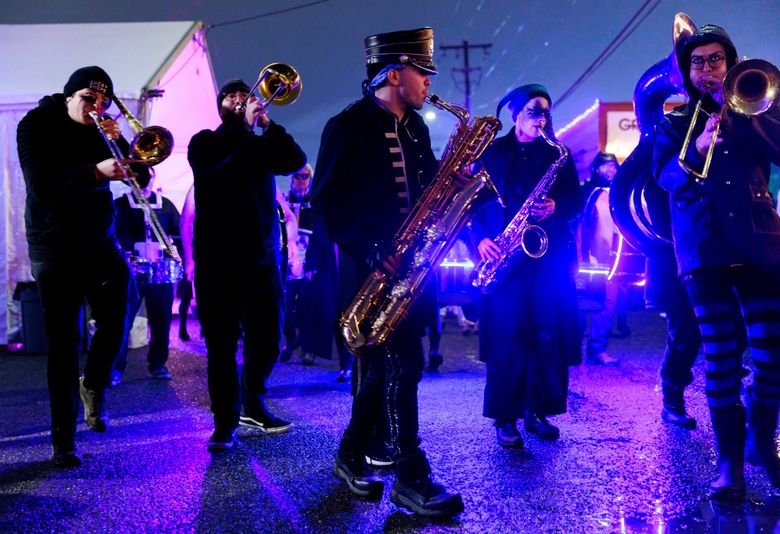
Allan Levy, center, performs with the Chaotic Noise Marching Corps during Equinox Studios’ Very Open House last December. (Erika Schultz / The Seattle Times)
Case in point: Georgetown is home to a quirky vintage/art market but no farmers market (or even supermarket).
“It won’t last forever, but it’s stalled the kind of displacement and gentrification that neighborhoods like [Capitol Hill] experienced,” he added. “Embrace the freight rail lines and Boeing Field flight approach patterns and freight trucking lines that discourage luxury development. Allow the loud and disruptive nightlife activity to flourish, the outdoor summer festivals, the dancing in the streets.”
_____
This coverage is partially underwritten by the M.J. Murdock Charitable Trust. The funder plays no role in editorial decision making and The Seattle Times maintains editorial control over this and all its coverage.
